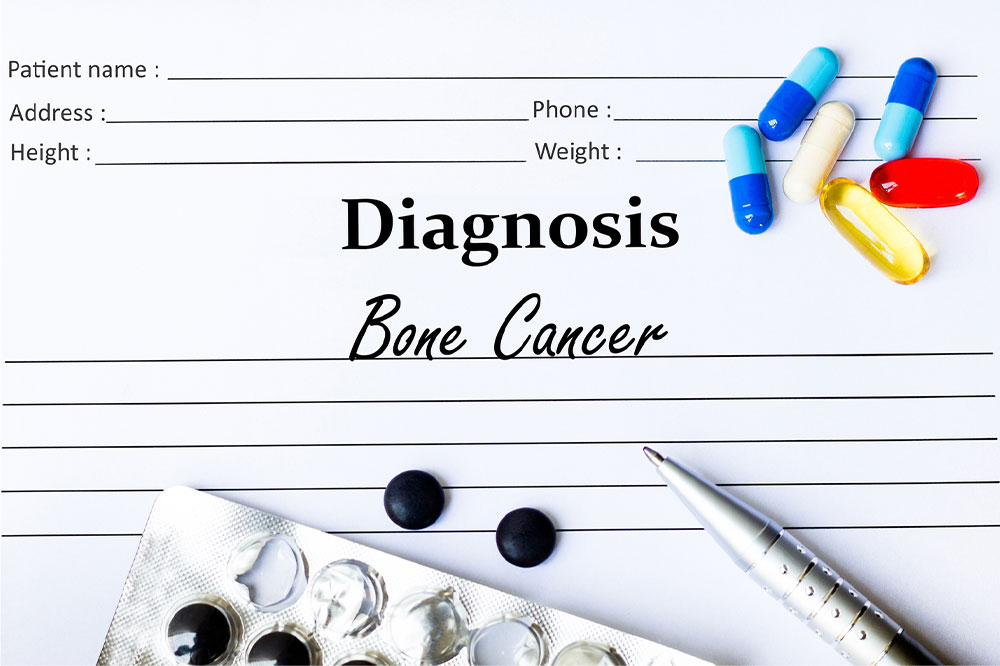
health
3 types of common signs of Huntington’s disease
Huntington’s disease or Huntington disease results in a progressive breakdown or a degeneration of nerve cells in the brain. This is a rare disease, typically passed down through generations, which means it is inherited. It impacts the functional abilities of a person, leading to cognitive, movement, and psychiatric disorders. There is no treatment to cure the disease completely; however, there are options to help manage the symptoms. Here are common signs of the disease. Signs and symptoms of Huntington’s disease The symptoms vary from person to person, as there is a wide spectrum of signs to look out for. Here are some symptoms that can be observed in patients: Movement disorders This kind of disorder involves not just involuntary movement disorders but also impaired movement disorders. Examples include writhing movements called chorea or involuntary jerking. Muscle issues like rigidity or muscle contracture (also called dystonia), slow or unusual eye movements, difficulty with speech or swallowing, and impaired gait, posture, and balance are noted. These disorders may impact an individual’s day-to-day activities. As Huntington’s can affect one’s nerves and muscles, it may also adversely impact one’s digestive system and bowel movements, leading to constipation, incontinence, and diarrhea. Cognitive disorders The impairments associated with Huntington’s disease include difficulty in organizing, prioritizing, and focusing on tasks.
Read More 
















